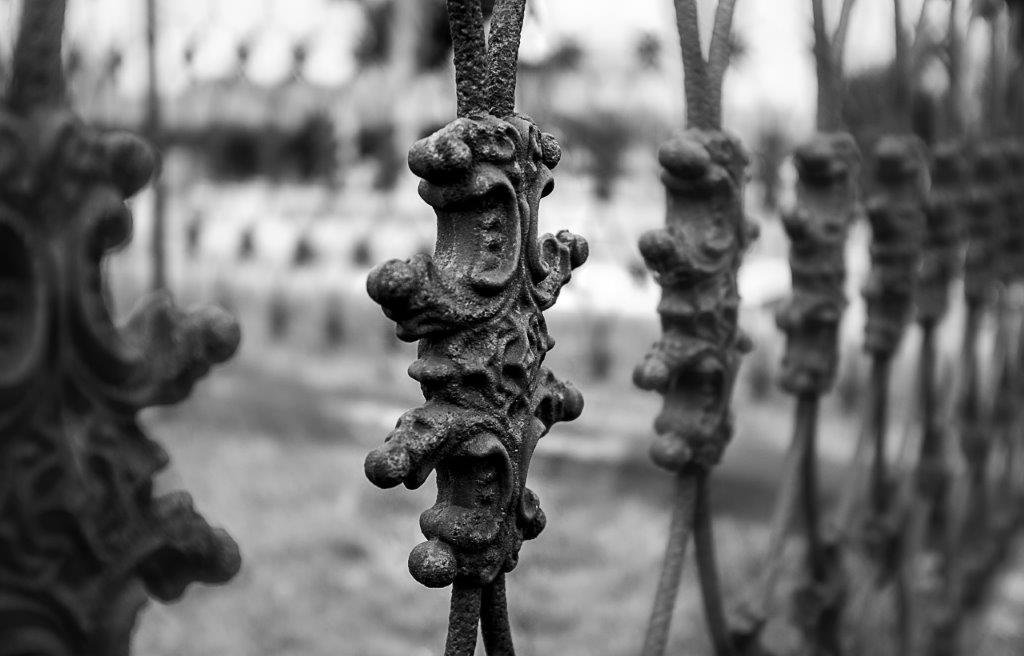
19th Century Irish Stone Carvers
The four Irish stone carvers of Linwood Cemetery.
In Linwood Cemetery, 133 monuments exist, with some signed by artists from various cities and the others attributed to the four Irish immigrant stone carvers who settled in Columbus during the 19th century. These itinerant stone carvers moved around the U.S., avoiding port cities, and settled in supportive communities along the Chattahoochee River. These artists typically signed their work on the lower right corner of the monuments.
The Irish Stone Carvers
Patrick Adams
Columbus' earliest records mention Patrick Adams in 1840, indicating that he likely provided the initial tombstones in the cemetery before other stone carvers settled in the area. Adams operated an agricultural supply store on Broadway and owned a brickyard in Coweta Reserve. He was responsible for laying brick sewers and constructing the new marketplace and Perry Hotel in the city. Learn More
1809-1855
John Madden
John Madden, the second Irish stone carver to arrive in Columbus, came in 1844, following Adams by four years. At around 28 years old, Madden, alongside his wife Ann and seven stone cutters, established a marble yard with Patrick Adams. Despite his efforts, Madden faced financial instability in managing his business. Learn More
1844-1859
Thomas Kenny
Thomas Kenny arrived in Columbus in 1852 with three adult sons and two stone cutters to assist him in his marble yard. He struggled to sustain his business just before and during the Civil War, while Henry McCauley established his marble yard shortly after. Kenny's business operated for approximately 13 years. Learn More
1852-1865
Henry McCauly
Henry McCauley came to Columbus in 1854 and brought several stone cutters with him. They lived in boarding houses in the town. He was the most prolific of the stone carvers and carved the most beautiful monuments in the cemetery. He was sometimes listed as a funeral director. At least 79 monuments are signed by Henry McCauley, and we believe there are many more in the cemetery that he didn’t sign. Learn More
1854-1870




